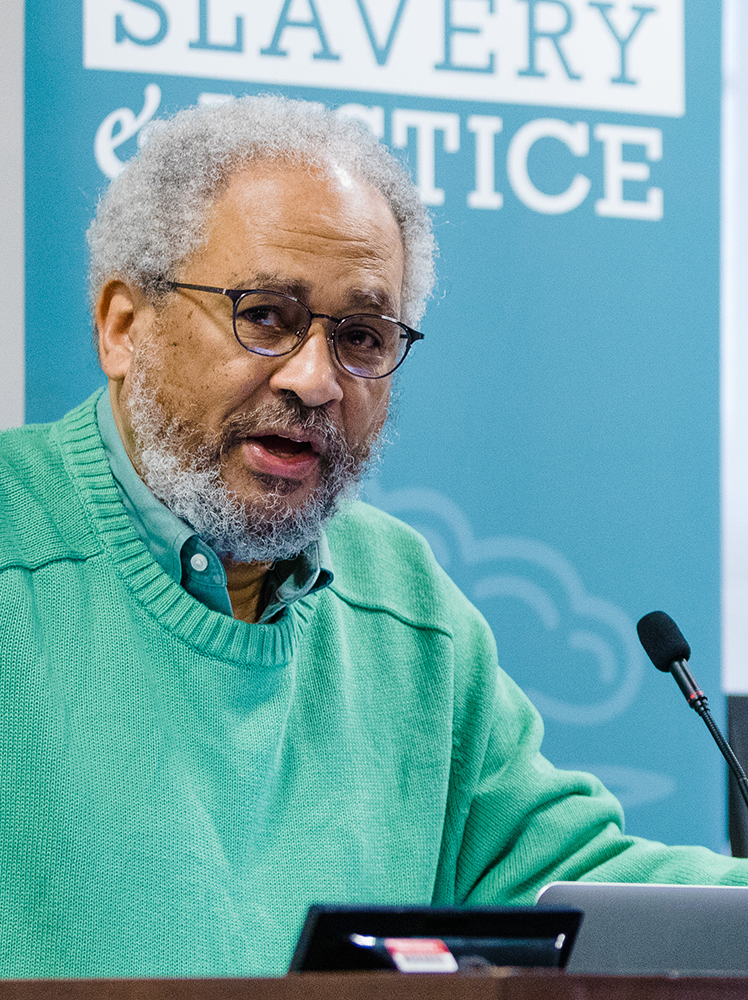As Black Lives Matter demonstrators filled city streets in spring 2020, CSSJ launched a virtual series called “This is America,” convening scholars and activists to discuss the meaning and potential impact of the protests, nationally and internationally. As part of the series, scholars from CSSJ and across the globe applied their expertise on slavery and its legacies to pressing questions about the fate of Confederate monuments, police reform and the Black Lives Matter movement.
Though CSSJ persistently reaches beyond Brown’s campus, its foundation is inextricably tied to the University’s efforts to grapple with its own history through the work of its Steering Committee on Slavery and Justice, commissioned in 2003 by then-President Ruth J. Simmons. The committee investigated the University’s historical entanglement with slavery and the transatlantic slave trade in a watershed 2006 report, which called for the creation of a center that would continue the work of confronting traumatic histories, among other recommendations. Both the Steering Committee’s report and the establishment of CSSJ have prompted numerous other American universities to launch investigations into their historical ties to slavery, citing Brown’s work as a model and inspiration.
As CSSJ approaches the homestretch of its initial decade of scholarship, its faculty, staff and students continue to expand the center’s robust research and public-facing initiatives. Over the past five years, CSSJ has been awarded $450,000 in grants from organizations supporting its examinations into the legacies of slave trade and its arts programming.
The center is home to a number of research clusters focused on mass incarceration and punishment in the U.S., contemporary human trafficking, structural racism in biomedicine, and the links between colonialism and capitalism, among other cross-disciplinary subjects. Researchers within the clusters include CSSJ-affiliated faculty, graduate students and undergraduate students, and their collaborative work has sparked conversations and debates among scholars and the public.
The center regularly works with institutions across the globe to bring rigor to the way the history of slavery is studied and presented, posing critical questions: What were the conditions on the ships used to bring slaves to America? What kinds of knowledge — political, religious, agricultural, artistic and otherwise — did enslaved people create? And what are the links between slavery and present-day phenomena like racial profiling and human trafficking? CSSJ and its programs enable Brown and the larger community to ask big questions about subjects often suppressed.
With the Smithsonian Institution’s National Museum of African American History and Culture, the CSSJ convenes the Global Curatorial Project, a group of curators from major museums in South Africa, Senegal, the United Kingdom, France, Belgium, the Netherlands and the U.S. Since 2014, the project’s members have met regularly to discuss and improve upon curatorial practices for exhibitions on slavery and colonialism.

